
The most precise measurement ever made of the current rate of expansion of the Universe has been achieved by physicists in the US, and there's a problem: the Universe is expanding 8 percent faster than our current laws of physics can explain.

Using a computer simulation, astronomers probe the ‘cosmic web’ of the universe, its honeycomb-like structure on the largest scales.

Galaxy clusters are groupings of hundreds to thousands of galaxies bound together by gravity, and are the most massive structures found in the universe.
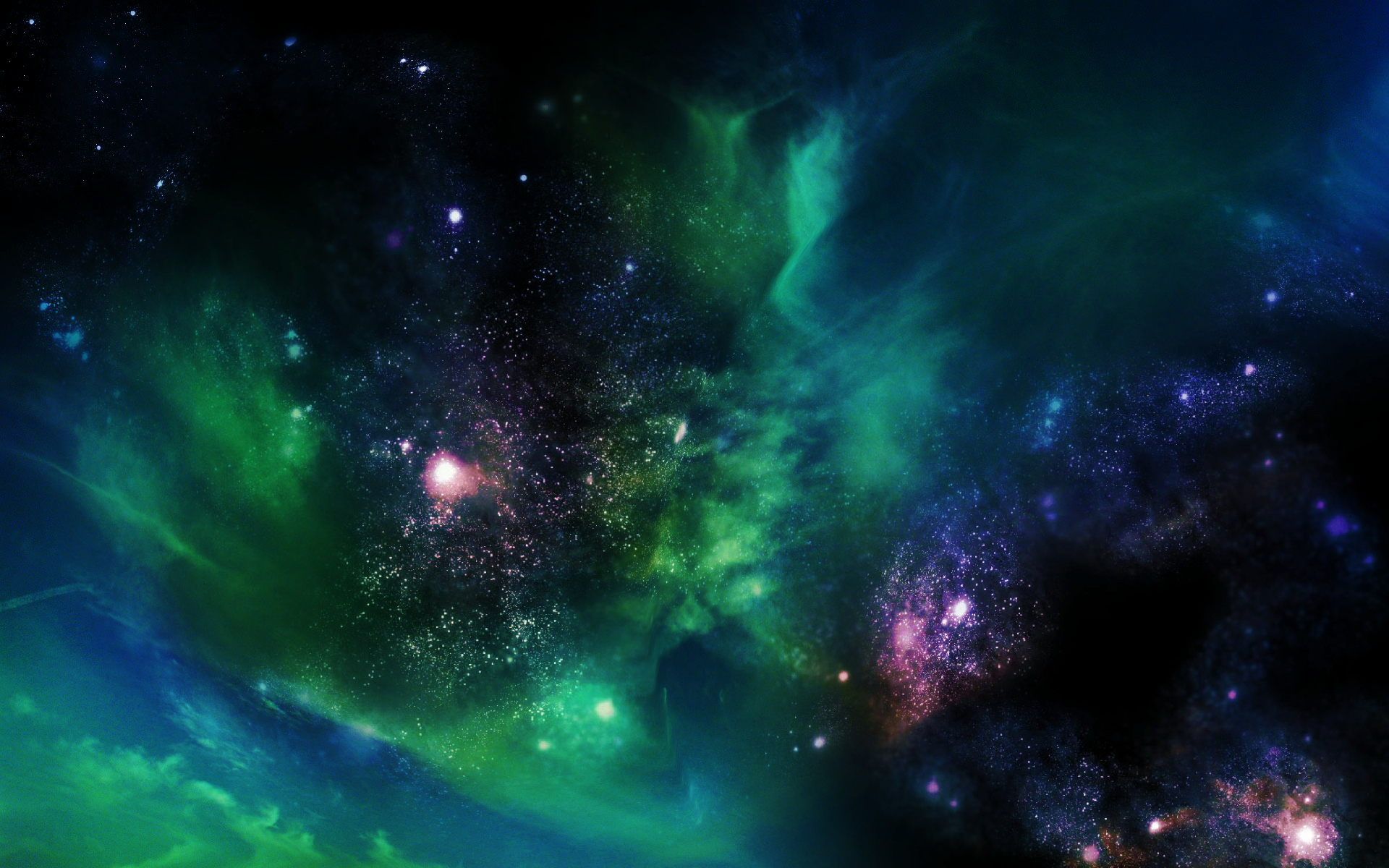
A new theory suggests a shorter secondary inflationary period that could account for the amount of dark matter estimated to exist throughout the cosmos.

There's a new player in the hunt for dark matter: China's Dark Matter Particle Explore (DAMPE) satellite, which launched on December 17. Ground stations have just received the first data beamed back from DAMPE. With all systems fully operational, the satellite officially begins its three-year mission.

The physicist predicts densities of up to 1 billion times greater than normal.

The world's fourth-largest optical telescope has a new experiment coming online.
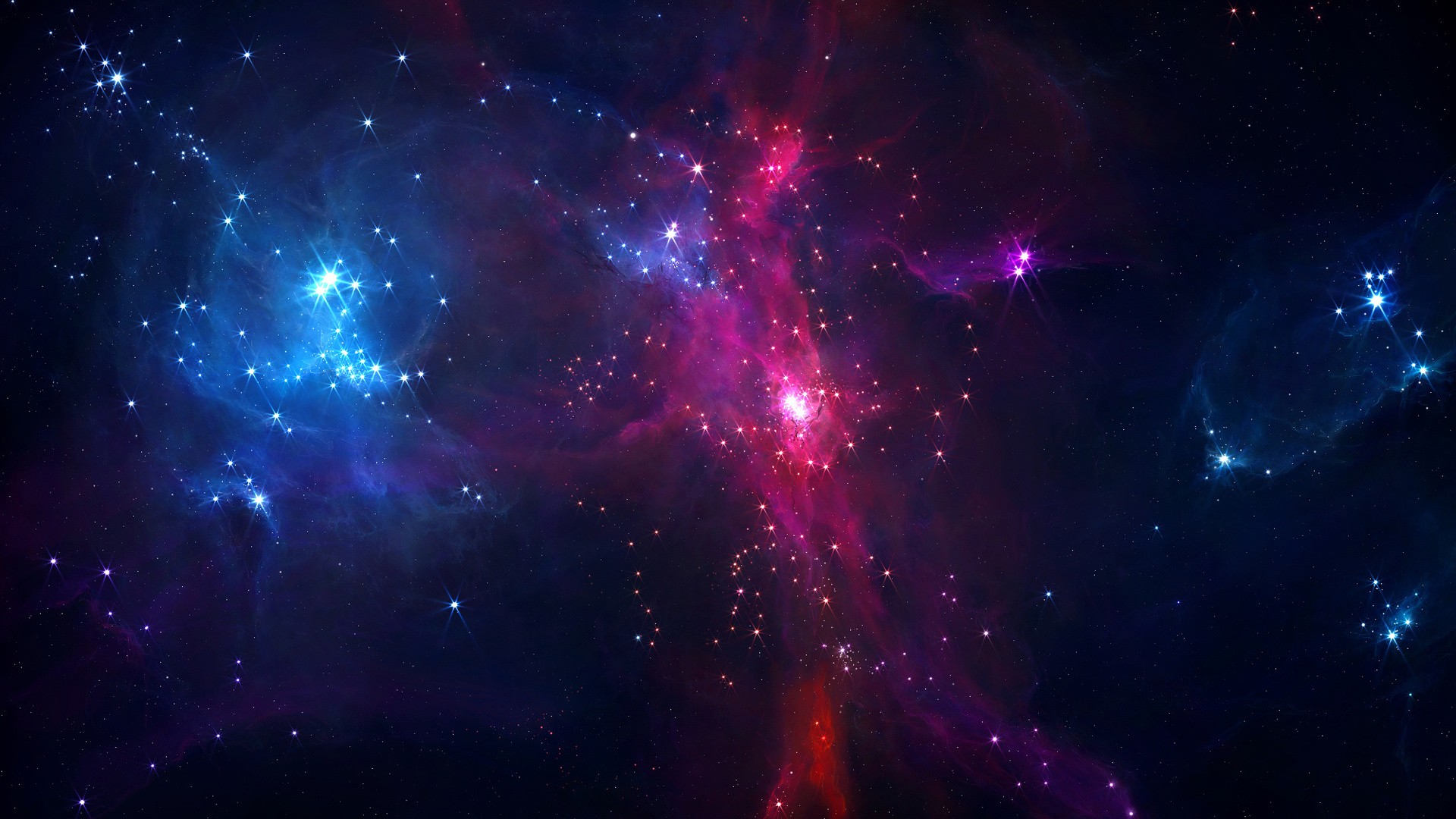
(PhysOrg.com) -- Some six billion light years distant, almost halfway from now back to the big bang, the universe was undergoing an elemental change. Held back until then by the mutual gravitational attraction of all the matter it contained, the universe had been expanding ever more slowly. Then, as matter spread out and its density decreased, dark energy took over and expansion began to accelerate.

(PhysOrg.com) -- During the past few years, CERN physicist Dragan Hajdukovic has been investigating what he thinks may be a widely overlooked part of the cosmos: the quantum vacuum. He suggests that the quantum vacuum has a gravitational charge stemming from the gravitational repulsion of virtual particles and antiparticles. Previously, he has theoretically shown that this repulsive gravity can explain several observations, including effects usually attributed to dark matter. Additionally, this additional gravity suggests that we live in a cyclic Universe (with no Big Bang) and may provide insight into the nature of black holes and an estimate of the neutrino mass. In his most recent paper, published in Astrophysics and Space Science, he shows that the quantum vacuum could explain one more observation: the Universe’s accelerating expansion, without the need for dark energy.
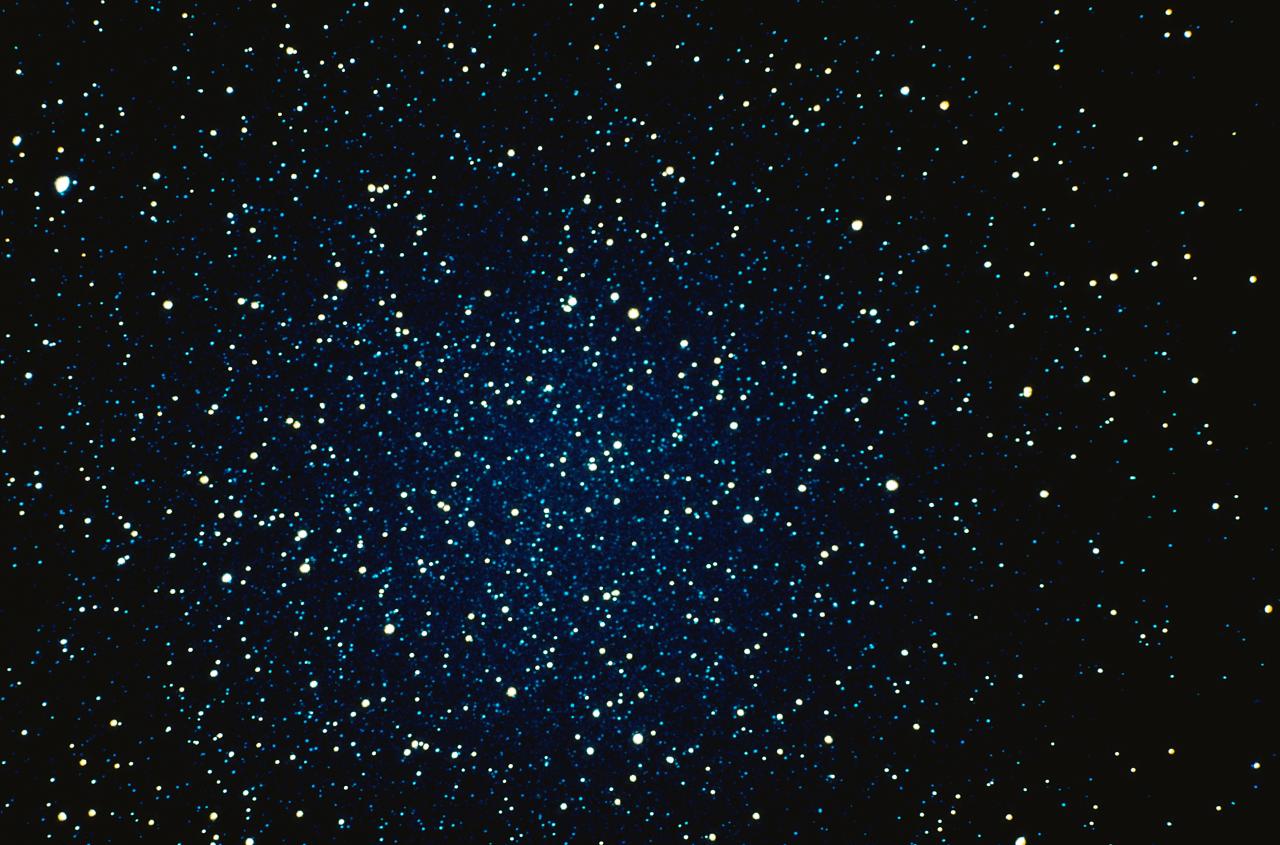
(PhysOrg.com) -- For the first time, astronomers have mapped dark matter on the largest scale ever observed. The results, presented by Dr Catherine Heymans of the University of Edinburgh, Scotland, and Associate Professor Ludovic Van Waerbeke of the University of British Columbia, Vancouver, Canada, are being presented today to the American Astronomical Society meeting in Austin, Texas. Their findings reveal a Universe comprised of an intricate cosmic web of dark matter and galaxies that spans more than one billion light years.

Scientists have independently made the largest direct measurements of the invisible scaffolding of the universe, using the gravitational lensing effect known as
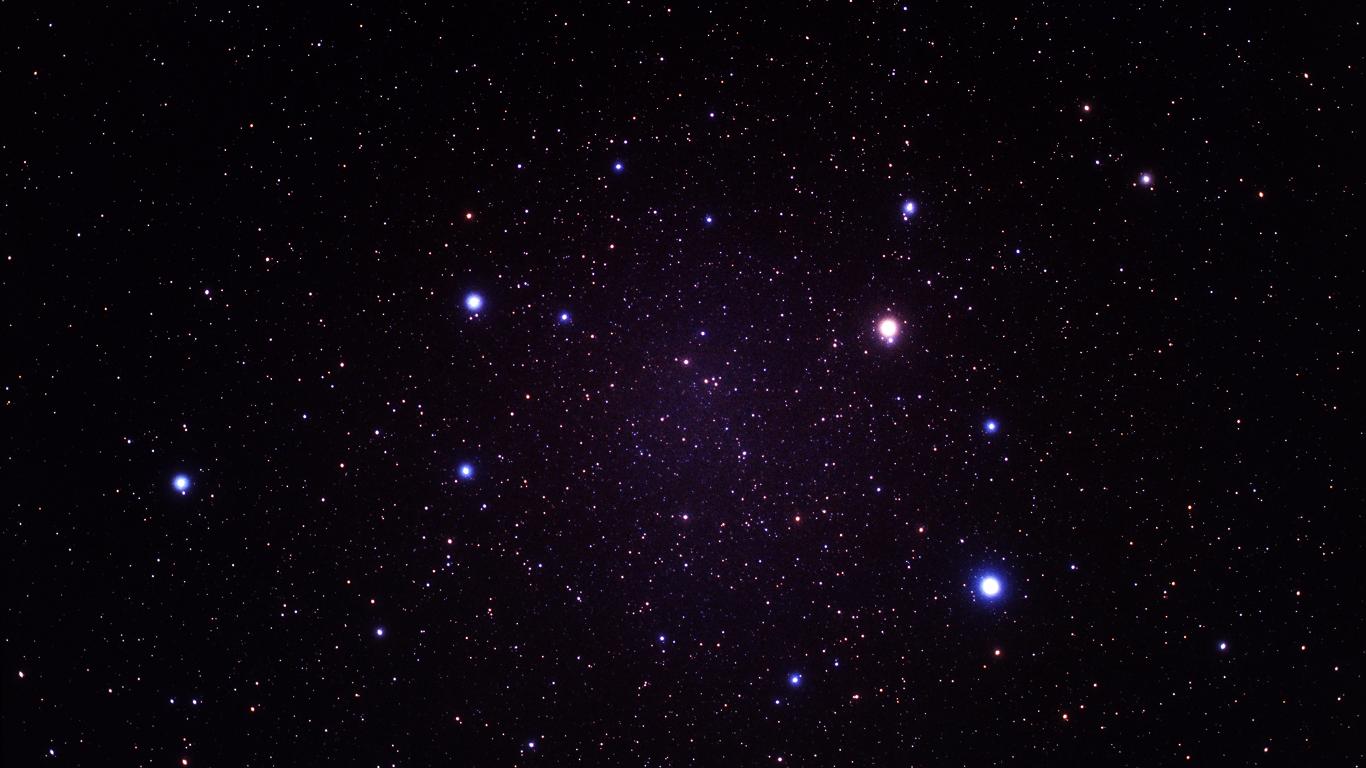
Astronomers have created a vast cosmic map revealing an intricate web of dark matter and galaxies spanning a distance of one billion light-years.
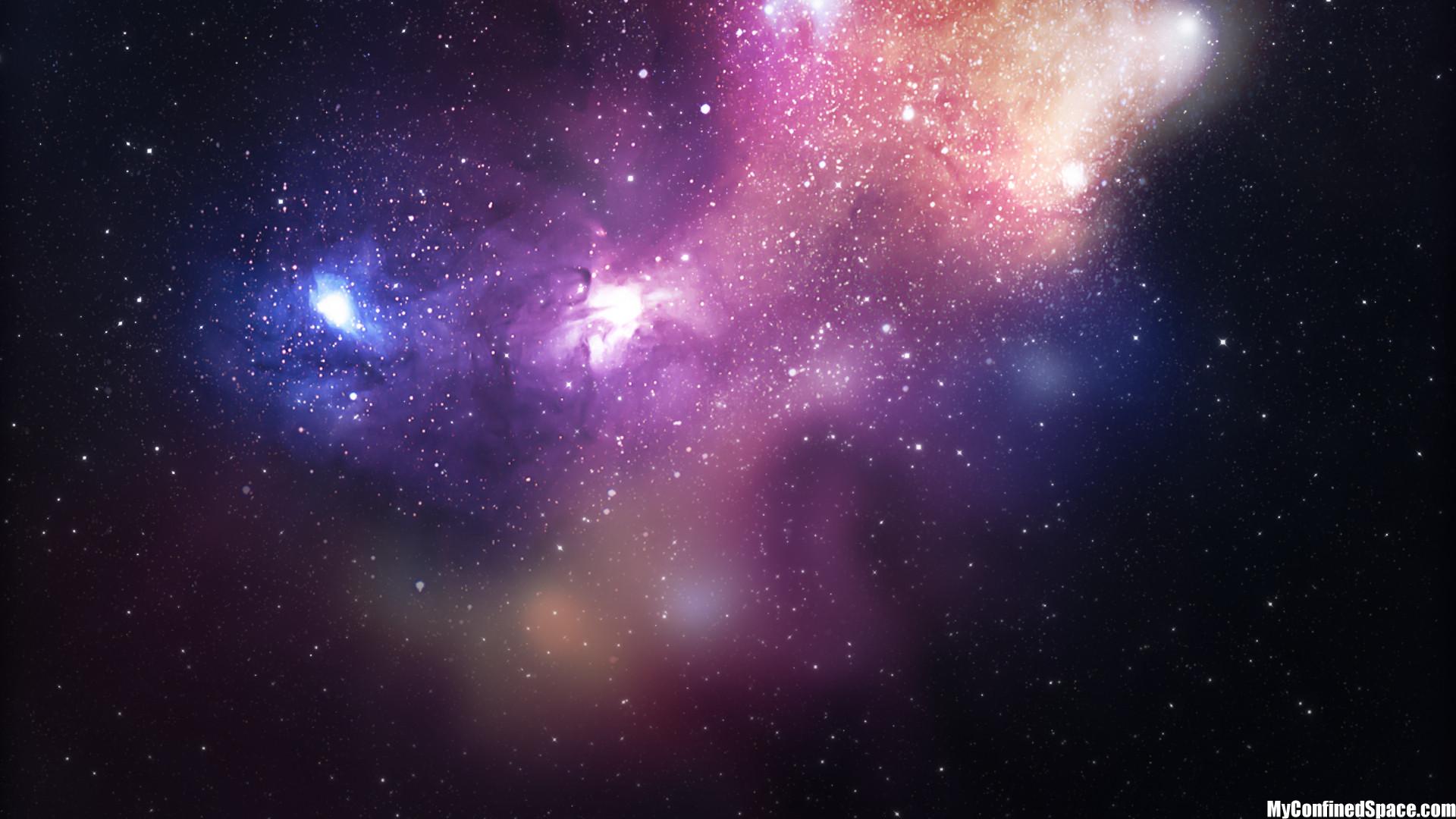
(PhysOrg.com) -- Earlier this year, PhysOrg reported on a new idea that suggested that gravitational charges in the quantum vacuum could provide an alternative to dark matter. The idea rests on the hypothesis that particles and antiparticles have gravitational charges of opposite sign. As a consequence, virtual particle-antiparticle pairs in the quantum vacuum form gravitational dipoles (having both a positive and negative gravitational charge) that can interact with baryonic matter to produce phenomena usually attributed to dark matter. Although CERN physicist Dragan Slavkov Hajdukovic, who proposed the idea, mathematically demonstrated that these gravitational dipoles could explain the observed rotational curves of galaxies without dark matter in his initial study, he noted that much more work needed to be done.

Scientists all over the world are working feverishly to find the dark matter in the universe. Now researchers have taken one step closer to solving the enigma with a new method.

(PhysOrg.com) -- Like all galaxies, our Milky Way is home to a strange substance called dark matter. Dark matter is invisible, betraying its presence only through its gravitational pull. Without dark matter holding them together, our galaxy